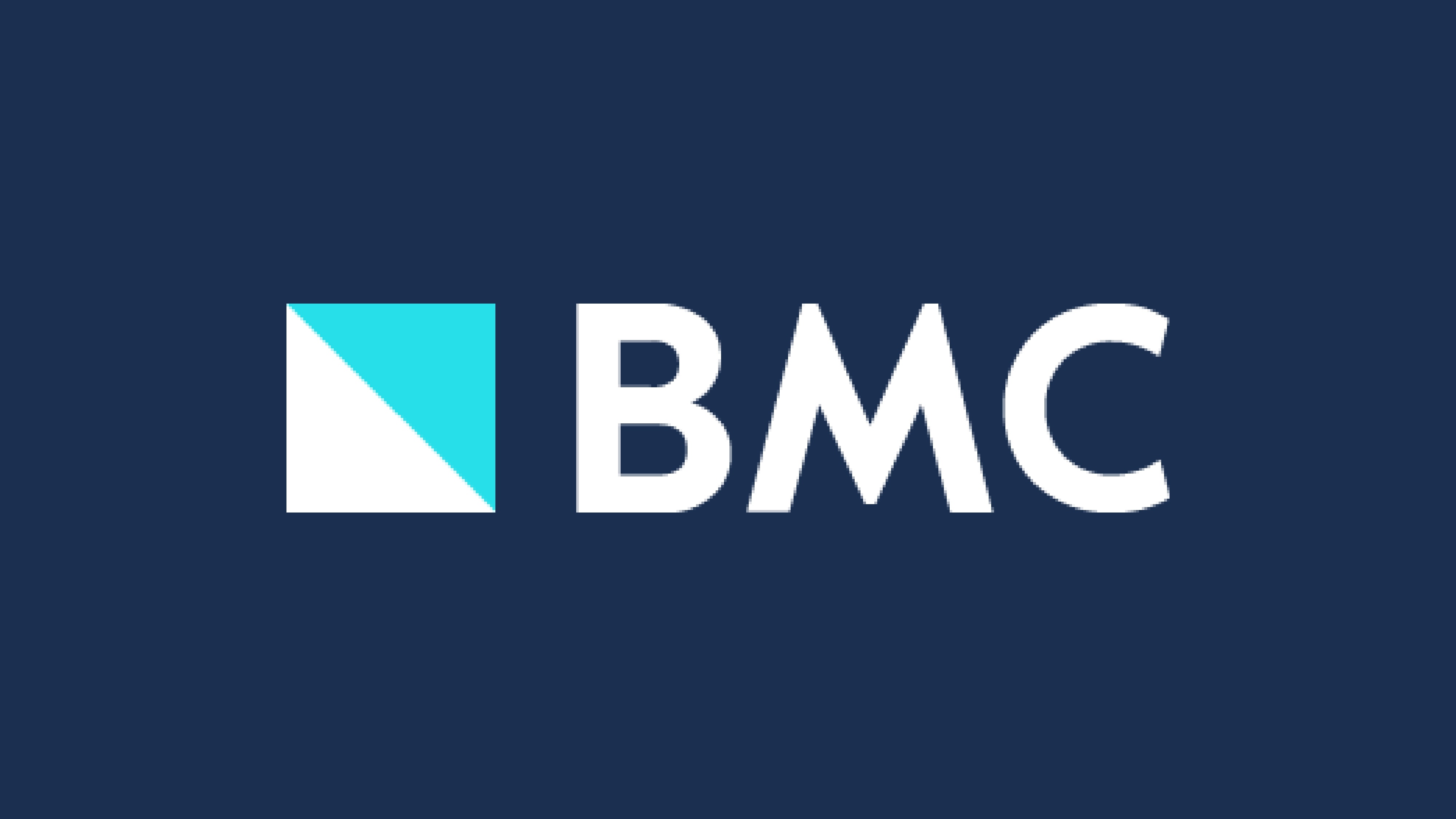
Effectiveness of action observation therapy based on virtual reality technology in the motor rehabilitation of paretic stroke patients: a randomized clinical trial
22 March 2022
Background: The rehabilitation of paretic stroke patients uses … Effectiveness of action observation therapy based on virtual reality technology in the motor rehabilitation of paretic stroke patients: a randomized clinical trial
Background: The rehabilitation of paretic stroke patients uses a wide range of intervention programs to improve the function of impaired upper limb. A new rehabilitative approach, called action observation therapy (AOT) is based on the discovery of mirror neurons and has been used to improve the motor functions of adult stroke patients and children with cerebral palsy. Recently, virtual reality (VR) has provided the potential to increase the frequency and effectiveness of rehabilitation treatment by offering challenging and motivating tasks.
Methods: The purpose of the present project is to design a randomized controlled six-month follow-up trial (RCT) to evaluate whether action observation (AO) added to standard VR (AO + VR) is effective in improving upper limb function in patients with stroke, compared with a control treatment consisting of observation of naturalistic scenes (CO) without any action content, followed by VR training (CO + VR).
Discussion: AO + VR treatment may provide an addition to the rehabilitative interventions currently available for recovery after stroke and could be utilized within standard sensorimotor training or in individualized tele-rehabilitation.
Trial registration: The trial has been prospectively registered on ClinicalTrials.gov. NCT05 163210. 17 December 2021.

